RN and mother of 3 in her late 50s who has lost 35 lbs on a GLP-1 agonist. She is bothered by the bulging and laxity of her stomach. She has to “tuck in” the skin under her bathing suit. She is shown before and again, 4 ½ months after a Fleur de Lis abdominoplasty. She is thrilled with her new contour and doesn’t worry about whether her clothes will hide the bulge of her abdomen.
Discussion. Scars typically get thicker and redder for 6 weeks and then soften and fade over the next two years. We have her using topical silicone, which is working well to help fade her scars, but they will continue to fade and improve.
Before surgery, she was shown to have significant horizontal laxity of the upper stomach, which is not improved with a traditional abdominoplasty. The Fleur de Lis markings demonstrate the vertical component, which trades a vertical scar along the abdomen for a better correction. She is also noted to have a relatively higher umbilicus. I typically create a new umbilicus at the time of a Fleur de lis, and this allows us to keep her transverse incision much lower. One key does not fit all locks, and one type of abdominoplasty does not fit all patients. For patients with significant weight loss and horizontal laxity of the upper abdomen, who don’t mind trading a vertical scar for a better contour, a Fleur de lis abdominoplasty is often a good choice. I have attached a link to my video on different types of abdominoplasties.




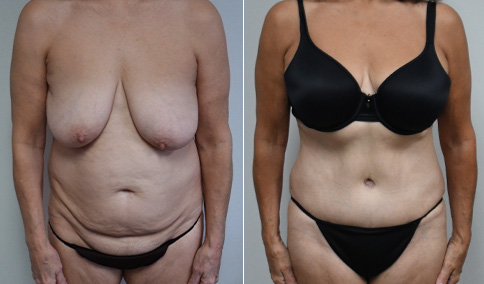
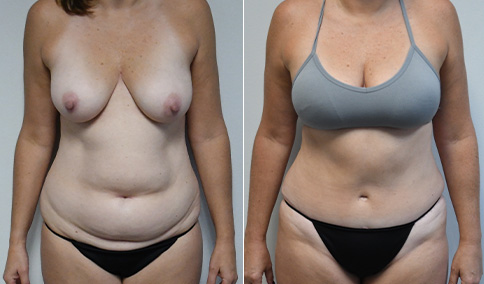


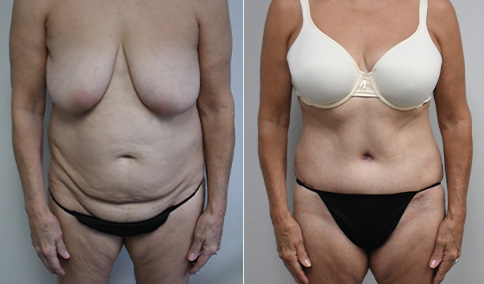


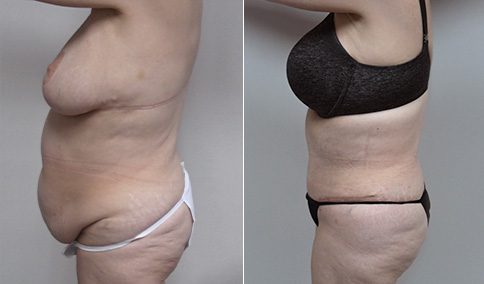





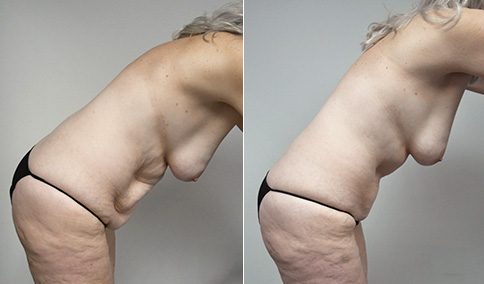

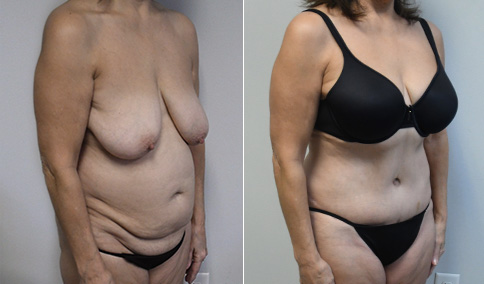
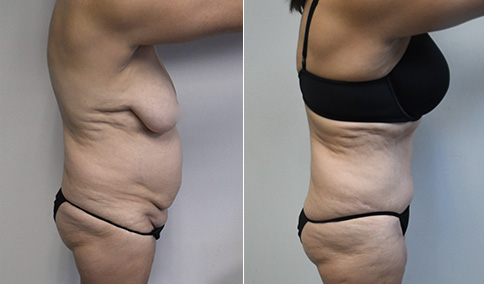

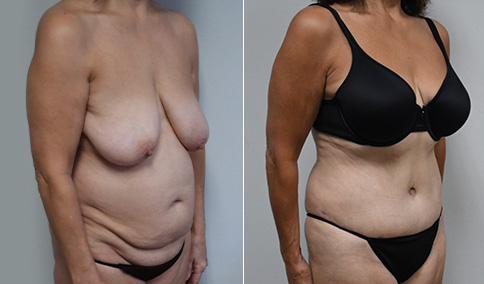
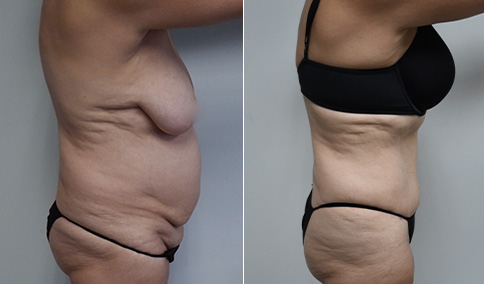
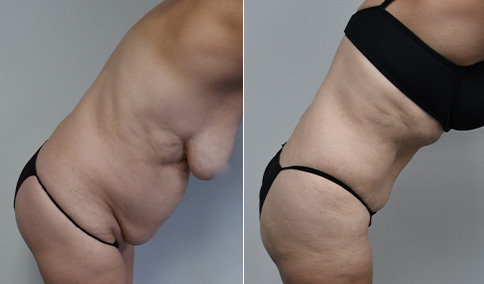
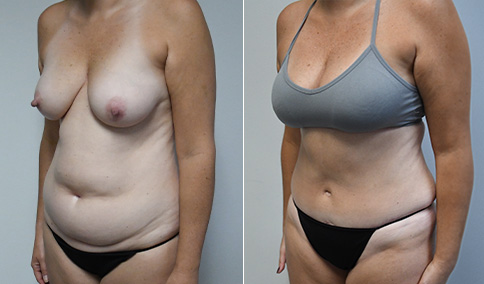


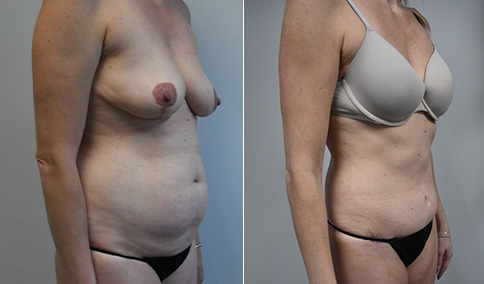
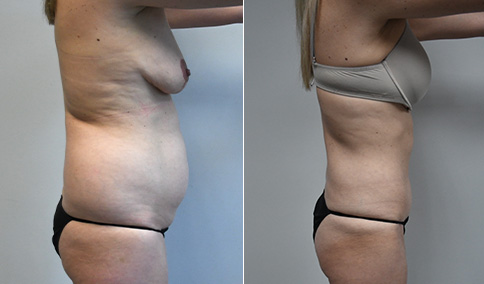
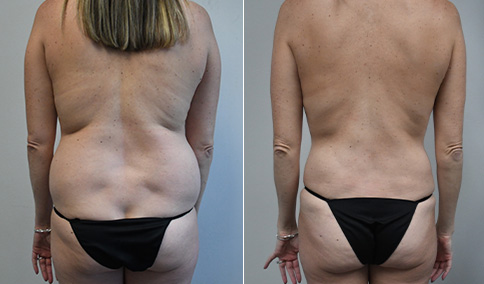
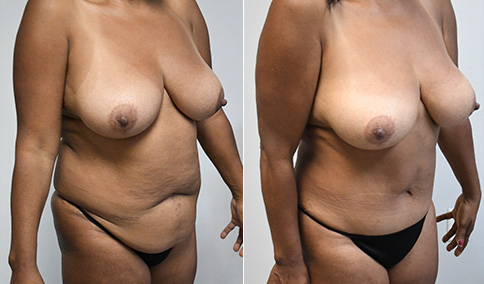
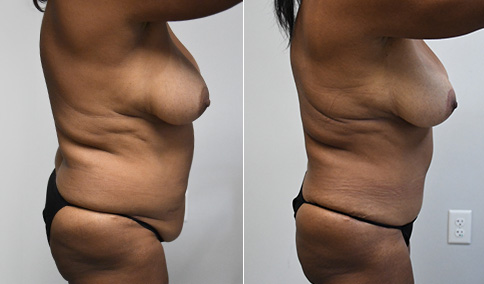
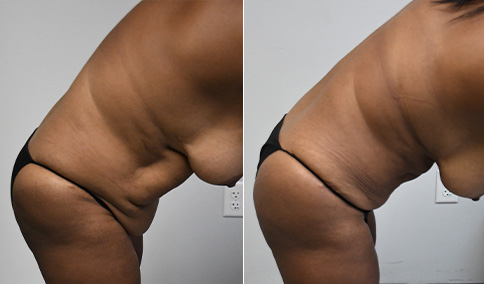
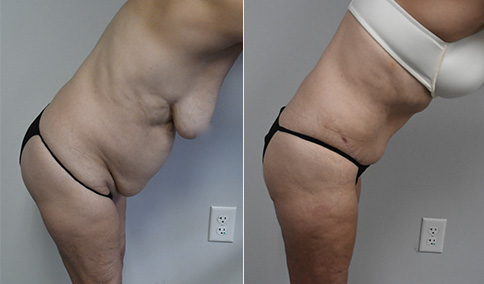
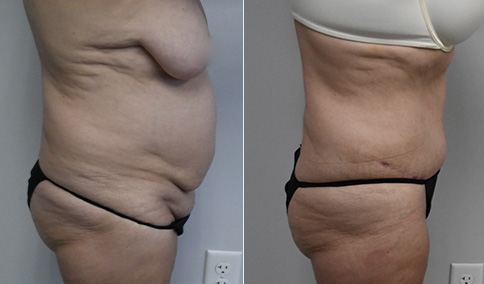
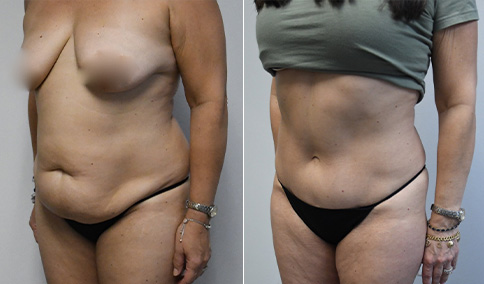
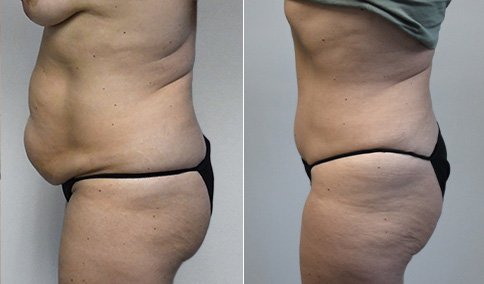

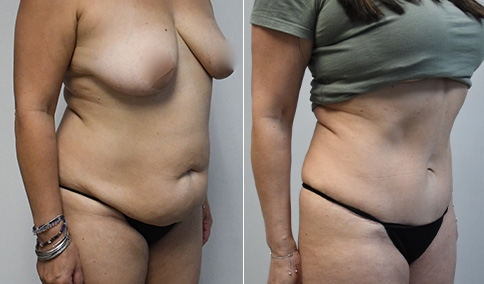
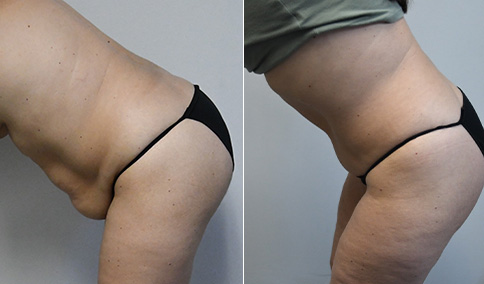
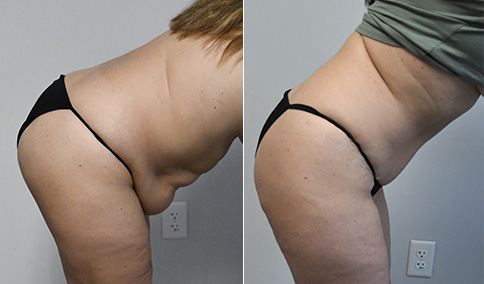




Cosmetic & Plastic Surgery Specialist
"I treat my patients like I would treat
- Jonathan D. Hall, MD, FACSmembers of my own family."
Schedule Consultation